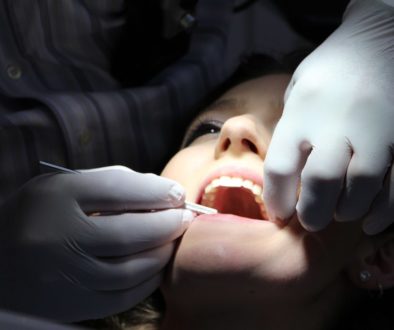Sinus Toothaches

During certain times of the year, I start seeing a lot of patients who are having a vague toothache around their upper back teeth. Sometimes, they do have an actual toothache but in many other cases they have what is known as a “sinus toothache”. To understand why this happens you first have to understand how your teeth and sinuses are related.
The roots of the upper molar teeth sit in very close relation to your maxillary sinuses. They are usually separated by an extremely thin layer of bone or in some cases a paper thin membrane of tissue. The x-ray above shows just how close the roots of your molars are to your sinuses.
Sinus pressure can develop for several different reasons. The most common reasons include allergies, colds, or the flu, all of which swell the tissues around your sinuses and stop them from draining. Excess mucus continues to build up leading to a rise in pressure. When you start to develop pressure in your sinuses this also puts pressure on the nerves and ligaments that go into and surround the root of your tooth. This is what gives you the feeling of a toothache. This pain can range anywhere from a dull ache to biting pain to sensitivity to hot and cold. Everyone’s teeth respond a bit differently to this pressure.
So how do you know if it is a sinus toothache or a real toothache?
If you’ve recently developed sinus pressure as well as a dull toothache around your upper molars, it’s more likely than not that you’re dealing with a sinus toothache. One way you can test this is by bending over and quickly standing back up. If you feel that same tooth pain when you do this, that is a pretty good indicator that it is a sinus toothache as opposed to a regular toothache. Jumping jacks or other activities where your head moves quickly can also trigger this pain.
Now that you know it’s sinus pressure, what can you do about it?
- For medications you can use antihistamines and decongestants to help reduce some of the pressure in your sinuses.
- Stay hydrated. This will make the mucus thinner, flow more easily, less likely to build up pressure.
- Use a humidifier in the room you are in.
- Sit in a bathroom with a hot shower on several times a day. The steam will help open the sinus passages.
- Sometimes a saline spray will help.
- Use a Neti pot as directed, to help rinse your nasal passages.
If you’ve done all these things, the pressure seems to have lifted, but you are still having a toothache, it’s time to go see your dentist to check to see if something else is going on.



